2017-01-09 10:42
Record freight volume for port of Antwerp
The port of Antwerp will close 2016 with an expected record volume of more than 214 million tonnes of freight handled. The shipping container volume for its part has risen above 10 million TEU (twenty-foot equivalent units, i.e. standard containers) for the first time in the history of the port.
Liquid bulk is also showing year-on-year expansion and with an estimated volume of just under 70 million tonnes it’s the second main foundation on which freight growth in Antwerp is based.
There are positive figures also in the conventional breakbulk and dry bulk sectors, although overall the totals for both segments are negative.
The continuing trend towards containerisation has depressed the volumes of among other things fruit and paper. Meanwhile the volumes of coal and ore have fallen drastically in all North-West European ports.
The container volume rose by 4.1% during the past 12 months and is expected to end the year at 117,979,180 tonnes. In terms of the number of containers this represents 10,056,603 TEU, an increase of 4.2%.
With these excellent growth figures Antwerp has further expanded its market share in the Hamburg - Le Havre range. Antwerp has also managed to considerably improve its position in the Far East trade over the past few years, at the expense of its direct competitors Rotterdam and Hamburg.
The situation among international container shipping companies has altered dramatically in the past few years, with companies entering into collaboration and forming alliances in order to achieve cost savings and efficiencies of scale.
In 2017 the shipping scene will be dominated by 2M, Ocean Alliance and THE Alliance, making it more important than ever for ports to secure their place in the respective sailing schedules. So far Antwerp has managed very well in this respect.
In the meantime the ro/ro volume has declined by 1.9%, totalling 4,564,619 tonnes at the end of the 12-month period. This negative result is due to the performance on the export side, as ro/ro exports to Africa and the Near East are down by 15% and 18% respectively. In fact exports to all countries around the Persian Gulf have dipped.
On the import side, however, the ro/ro volume is up by 9.5%. The conventional breakbulk volume for its part contracted by 2.4%, ending the year at 9,764,796 tonnes. Steel on the other hand experienced strong growth of 12%, but the lower volumes of non-ferrous metals, paper & cellulose and fruit meant that the amount of conventional breakbulk was down overall.
Liquid bulk is also showing year-on-year expansion and with an estimated volume of just under 70 million tonnes it’s the second main foundation on which freight growth in Antwerp is based.
There are positive figures also in the conventional breakbulk and dry bulk sectors, although overall the totals for both segments are negative.
The continuing trend towards containerisation has depressed the volumes of among other things fruit and paper. Meanwhile the volumes of coal and ore have fallen drastically in all North-West European ports.
The container volume rose by 4.1% during the past 12 months and is expected to end the year at 117,979,180 tonnes. In terms of the number of containers this represents 10,056,603 TEU, an increase of 4.2%.
With these excellent growth figures Antwerp has further expanded its market share in the Hamburg - Le Havre range. Antwerp has also managed to considerably improve its position in the Far East trade over the past few years, at the expense of its direct competitors Rotterdam and Hamburg.
The situation among international container shipping companies has altered dramatically in the past few years, with companies entering into collaboration and forming alliances in order to achieve cost savings and efficiencies of scale.
In 2017 the shipping scene will be dominated by 2M, Ocean Alliance and THE Alliance, making it more important than ever for ports to secure their place in the respective sailing schedules. So far Antwerp has managed very well in this respect.
In the meantime the ro/ro volume has declined by 1.9%, totalling 4,564,619 tonnes at the end of the 12-month period. This negative result is due to the performance on the export side, as ro/ro exports to Africa and the Near East are down by 15% and 18% respectively. In fact exports to all countries around the Persian Gulf have dipped.
On the import side, however, the ro/ro volume is up by 9.5%. The conventional breakbulk volume for its part contracted by 2.4%, ending the year at 9,764,796 tonnes. Steel on the other hand experienced strong growth of 12%, but the lower volumes of non-ferrous metals, paper & cellulose and fruit meant that the amount of conventional breakbulk was down overall.
< Korea Shipping Gazette >
많이 본 기사
- HMM, 4번째 9000TEU급 신조 컨선 부산-남미동안항로 취항‘남미 30%대 껑충’ 컨운임지수 2주만에 1400선 회복팬스타그룹 2500t급 연안유람선 부산서 첫 뱃고동벌크선시장, 철광석 수요 활황에 선복 부족 이어져대만 3대 선사 3분기에 영업익 1.7조 합작中 시안-체코 프라하 정기화물열차 운행 개시KMI, 부산국제금융진흥원과 해양수도 금융전략 논의부산항만공사, 스마트항만 기술혁신포럼 개최해양수산연수원 오션폴리텍 교육생 헌혈증 120장 기부HD현대, 디지털·AI 앞세워 2030년 ‘매출 100兆’ 목표 제시
- 부산신항 비엔씨티, 김장김치 1100박스·700만원 기탁박정석 한국해운협회장, 명예 해기사·1급항해사 위촉인천공항공사–항공대, 공항직원 전문교육 확대 나선다BPA, 환적모니터링시스템 포트아이 16일 先배포조선기자재연구원, 산업혁신기술지원플랫폼 사업성과·과제 공유대한항공, 2026년 정기 임원인사 단행건강칼럼/ COPD 환자, 추우면 ‘숨’이 힘겹다!중국유럽정기화물열차 누적 운행횟수 12만회 돌파울산항만공사, 공공기관 중 유일 폭력예방교육 우수기관 선정IPA, 인항고·인천해사고에 장학금 2000만원 전달






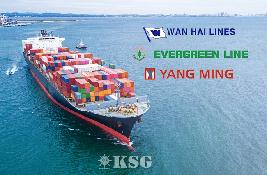
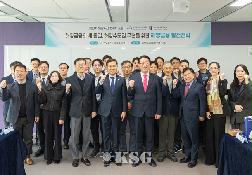
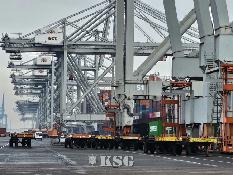



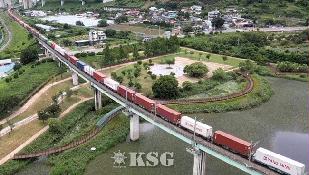

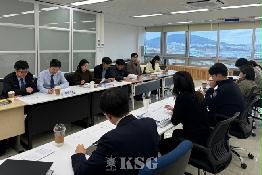

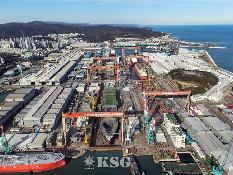

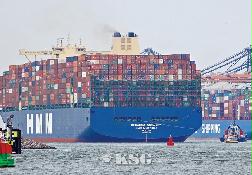
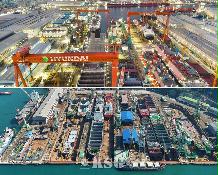
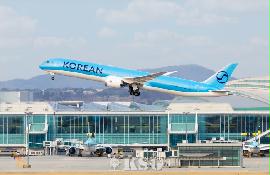


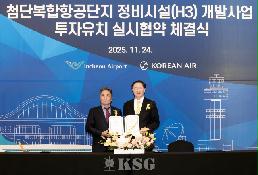
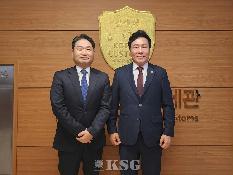
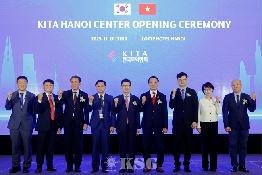
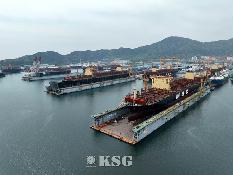
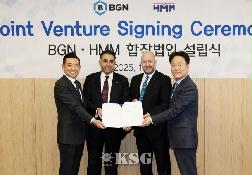
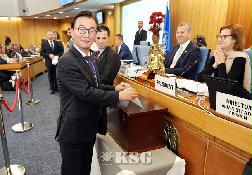
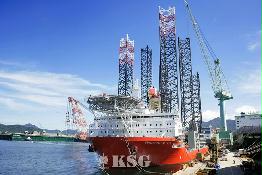
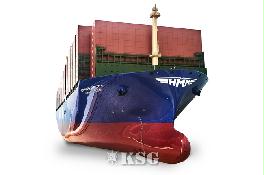
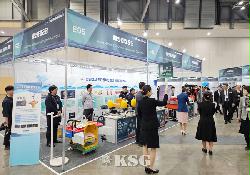
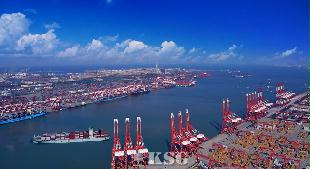
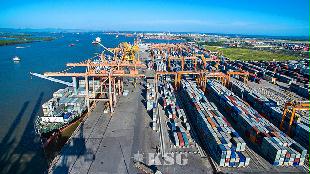
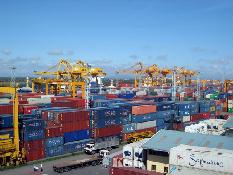






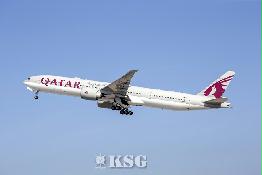
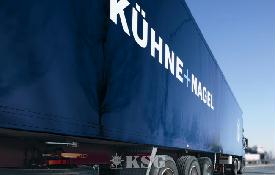
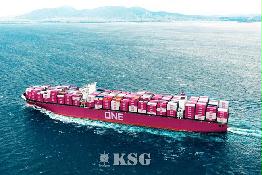






















0/250
확인